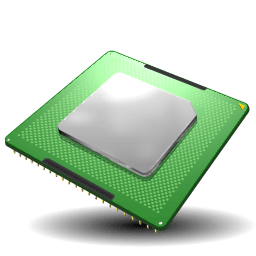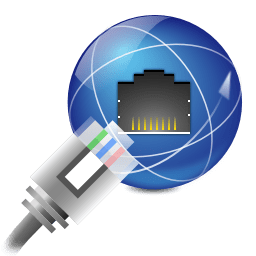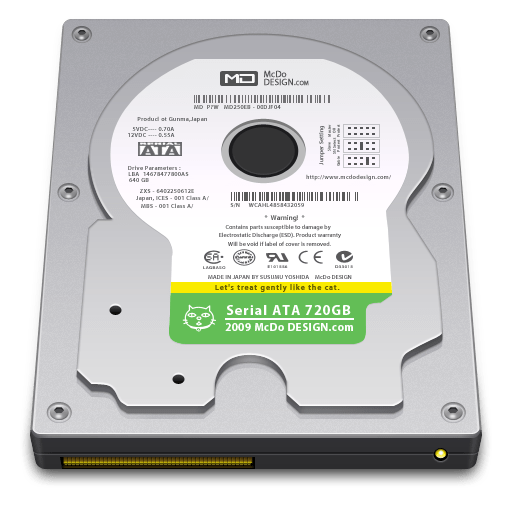A computer with a central processing unit (CPU) and memory is at the core of any NAS. The CPU is in charge of managing user access, reading and writing data to and from storage, executing the NAS operating system, and, if intended, interfacing with cloud storage. A dedicated device like NAS may use a specific CPU made for high performance and low power consumption in NAS use cases, as opposed to the general-purpose CPU used by normal computers or servers.The heart of every NAS is a computer that includes the central processing unit (CPU) and memory. The CPU is responsible for running the NAS OS, reading and writing data against storage, handling user access and even integrating with cloud storage if so designed. Where typical computers or servers use a general-purpose CPU, a dedicated device such as NAS might use a specialized CPU designed for high performance and low power consumption in NAS use cases.
Small NAS devices made for desktop or single-user use may provide limited wireless (Wi-Fi) connectivity or direct computer connections via USB. However, a physical network connection, like a cabled Ethernet interface, is required for any business NAS that is meant for file serving and data sharing in order to assign the NAS a unique IP address. Along with the CPU, this is frequently regarded as a component of the NAS hardware package.
Physical storage, usually in the form of disk drives, is a must for any NAS. The drives, which frequently accommodate a variety of storage devices, may be conventional magnetic HDDs, SSDs, or other non-volatile memory devices. Mirroring and other RAID implementations are examples of logical storage organization that the NAS may enable for redundancy and performance; nonetheless, the CPU, not the disks, is in charge of handling such logical organization.
The OS arranges and controls the NAS hardware and makes storage accessible to clients, such as users and other apps, just like it would on a traditional computer. While more complex NAS systems, like Netgear ReadyNAS, QNAP QTS, Zyxel FW, or TrueNAS Core, may have a distinct operating system, simpler NAS devices might not emphasize an OS.





